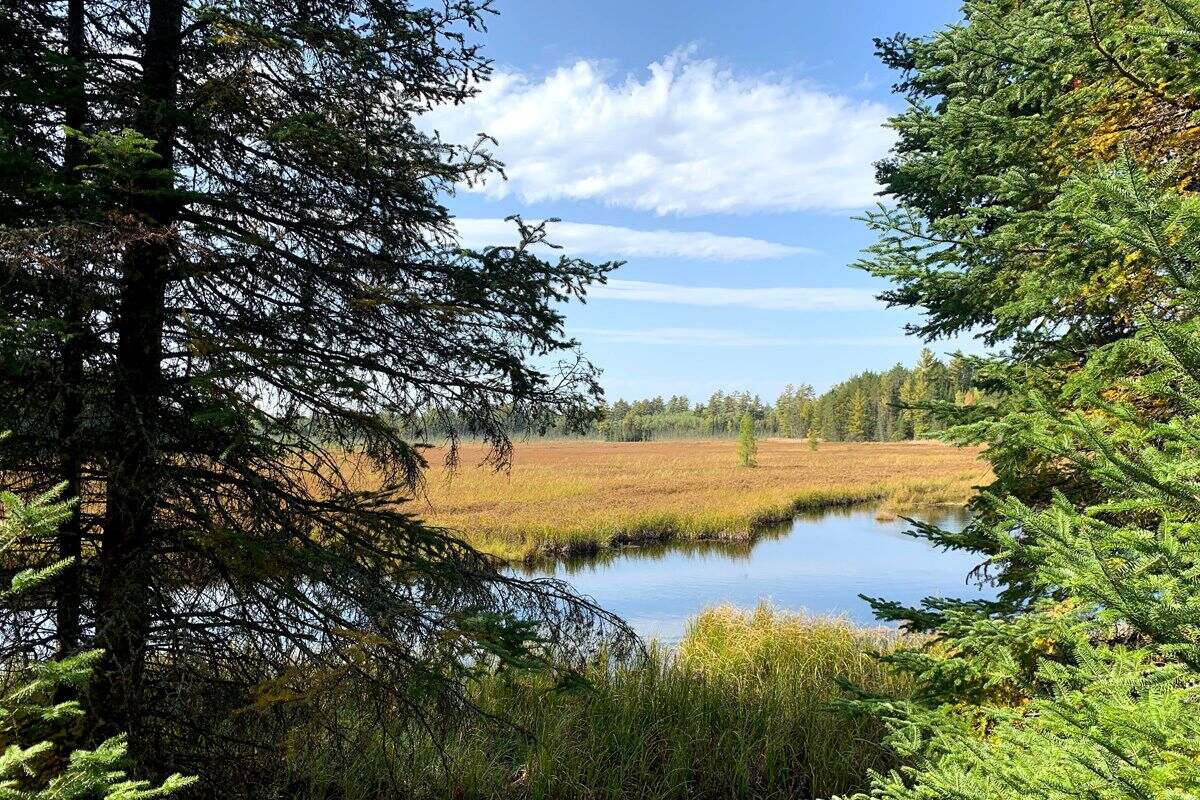Hidden Indigenous Trading Routes In Minnesota’s North Woods

Ever wondered about the hidden paths that crisscross Minnesota's North Woods? These trails, once bustling with activity, were the lifelines of Indigenous communities. They traded goods, shared stories, and connected with other tribes. Today, these hidden Indigenous trading routes offer a glimpse into a rich history that shaped the region. Imagine walking the same paths where ancient traders once traveled, surrounded by towering pines and serene lakes. Whether you're a history buff or nature lover, exploring these routes provides a unique way to connect with the past. Ready to lace up your hiking boots and step back in time? Let's go!
Hidden Indigenous Trading Routes in Minnesota's North Woods
Minnesota's North Woods hold secrets of ancient paths once trodden by Indigenous peoples. These routes, rich in history, connected tribes, facilitated trade, and fostered cultural exchanges. Let's uncover some of these hidden gems.
The Grand Portage
The Grand Portage, a significant trail, was used by the Ojibwe and other tribes for centuries. This 8.5-mile path connected Lake Superior to the Pigeon River, bypassing dangerous rapids.
- Grand Portage National Monument: This site preserves the history of the trail and offers a glimpse into the lives of those who traveled it. Visitors can walk the same paths and see reconstructed trading posts.
The Mille Lacs Area
Mille Lacs, a large lake in central Minnesota, was a hub for trade and interaction among various tribes. The area around the lake is dotted with trails that were once bustling with activity.
Mille Lacs Indian Museum: This museum showcases artifacts and stories from the region, providing insight into the trading routes that crisscrossed the area.
Kathio State Park: Home to ancient burial mounds and archaeological sites, this park offers trails that follow old trading paths, allowing visitors to step back in time.
The Boundary Waters
The Boundary Waters Canoe Area Wilderness (BWCAW) is a vast network of lakes and rivers that served as highways for Indigenous traders. Canoes were the primary mode of transportation, making these waterways crucial for commerce.
Voyageurs National Park: Named after the French-Canadian fur traders, this park highlights the importance of the water routes used by Indigenous peoples long before European contact.
Quetico Provincial Park: Just across the border in Canada, Quetico shares the same waterways as the BWCAW and offers a similar historical experience.
The St. Croix River
The St. Croix River was another vital trade route, linking tribes from the Mississippi River to Lake Superior. This river corridor was a bustling avenue for trade and travel.
- St. Croix National Scenic Riverway: This protected area preserves the natural beauty and historical significance of the river, with trails and interpretive centers that tell the story of its use by Indigenous traders.
The Mississippi Headwaters
The headwaters of the Mississippi River in Itasca State Park mark the beginning of one of the most important waterways in North America. Indigenous tribes used this river for trade, travel, and communication.
- Itasca State Park: Visitors can walk across the source of the Mississippi and explore trails that follow ancient trading routes used by the Dakota and Ojibwe peoples.
The Superior Hiking Trail
Running along the North Shore of Lake Superior, the Superior Hiking Trail follows paths that were once used by Indigenous traders. This trail offers stunning views and a connection to the past.
- Split Rock Lighthouse State Park: This park features sections of the Superior Hiking Trail and provides historical context about the area's Indigenous history.
The Chippewa National Forest
Located in north-central Minnesota, the Chippewa National Forest is home to numerous lakes and rivers that were part of Indigenous trading networks. The forest's trails offer a glimpse into this rich history.
Lost Forty: This unique area within the forest was mistakenly left unlogged and features old-growth trees. Trails here follow ancient paths used by Indigenous traders.
Norway Beach Recreation Area: This area offers trails and interpretive signs that highlight the historical significance of the region's waterways and trails.
Discovering Minnesota's Hidden History
Exploring Minnesota's North Woods reveals more than just natural beauty. Hidden Indigenous trading routes offer a glimpse into the rich history and culture of the region's original inhabitants. These paths, once bustling with trade and communication, now provide a unique way to connect with the past.
Walking these trails, you can almost hear the whispers of ancient traders and feel the pulse of a thriving network that once spanned vast distances. It's a reminder of the resilience and ingenuity of Indigenous communities who navigated these forests long before modern maps existed.
Next time you visit Minnesota's North Woods, take a moment to appreciate these hidden routes. They are not just paths through the wilderness but gateways to understanding a vital part of our shared heritage. Embrace the opportunity to learn and reflect on the stories that shaped this land.

